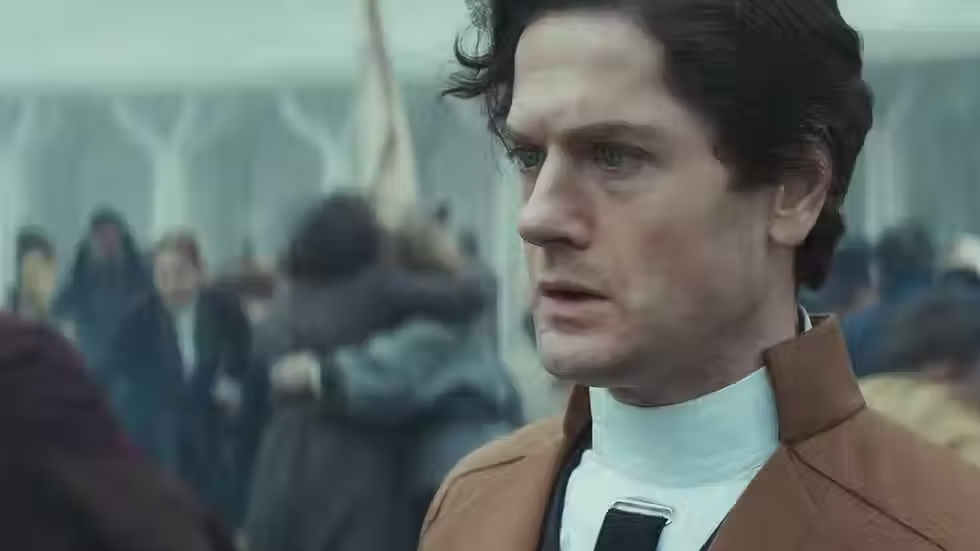Review: Bright Future
- ogradyfilm
- Feb 7, 2021
- 1 min read

Despite his recent efforts to distance himself from the label, Kiyoshi Kurosawa is still best known as a “J-horror” director. Unlike his overtly supernatural works (Pulse, Cure, Sweet Home), however, Bright Future meditates on more subtle, mundane, universal fears and anxieties. These themes cannot be expressed through mere words; they exist entirely within the characters and images, including:
A disillusioned, nihilistic youth that sleeps as often as possible—because in his dreams, at least, he can envision a better tomorrow.
A death row inmate staring numbly out at the world through the barred window of his cell.
A fifty-five year old factory foreman that hangs out with his younger employees in a futile, awkward attempt to recapture the energy and ambition of his mid-twenties.
A neglectful father that salvages and “recycles” discarded electronics and household appliances—the very definition of a dead-end job.
And at the exact center of their intersecting orbits: a venomous, bioluminescent jellyfish floating lazily in a cramped aquarium—no hopes, goals, or aspirations; just aimless, directionless drifting.

While I’m not usually a huge fan of digital video cinematography (a format that was, unfortunately, quite popular in the Japanese film industry circa the early 2000s), Kurosawa utilizes the inherent graininess of the medium to great effect, enriching the movie’s bleak, oppressive, haunting atmosphere. Bright Future’s visual style may not be conventionally “pretty” or “picturesque,” but it is undeniably unforgettable.





Comments